The four winners of the annual Golden Fleece Awards were announced last week. It is refreshing that the awards are open to “all forms of visual, craft and applied arts”, because the old prejudicial assumption that fine art is in some qualitative way superior to craft still holds sway, even if it is no longer respectable. It is rooted partly in the assumption that craft entails technical proficiency, often with a functional purpose, but not necessarily creativity. Not coincidentally, in the latter part of the 20th century, technical proficiency was downgraded in many institutions of fine art education, as theory overshadowed practice. A conceptual artist can always hire in craft skill, or any skill, letting the idea bask in the glow of its own purity.
Initially the Golden Fleece Awards stipulated craft and figurative art, which is interesting as it suggests that Helen Lillias Mitchell, whose bequest established the scheme, felt that traditional representational skills in art were under threat and needed encouragement. That is broadly true, and perhaps still is to some extent. But even at that point an emergent generation of young Irish artists demonstrated great interest in pursuing varieties of representation and traditional skills. The popular notion that the root of the problem was an opposition between representation and abstraction became increasingly irrelevant.
What has not changed is one of Mitchell’s main reasons for setting up the awards. She was all too aware, she said “that many artists cannot develop their talents because art does not bring in a steady income . . . My wish is to give artists ‘a boost’ in a time of particular need.” Hence applicants are asked to indicate how, practically, the award will enable their work. It’s not just an acknowledgement of achievement, though clearly the quality of what they have done is important.
0 of 9
Several reports in recent years have confirmed that the majority of those working in the visual arts do so in challenging financial circumstances, to put it mildly. Of the more than 170 applicants for this year’s awards, two needs are particularly evident: broadly, space and time. The desire for a working space, and the time to work. A picture emerges of artists and makers frantically juggling commitments that progressively curtail their actual working time. The stereotype of artists waiting around for subsidy gets short shrift.
In fact, major risks seem to be burn-out and exhaustion. While state arts infrastructure does offer some support for artists, there are usually strings attached. Artists work hard for any financial rewards on offer, apart altogether from the expensive reality of making their own work, which generally entails enormous investments of time, energy and money. In the recent past there was some discussion as to whether art students really needed studio space, one of the arguments against being that all one needed to make art these days was a laptop with an internet connection. It quickly emerged that students greatly valued studio space, and it is obvious from the award applications that artists and makers love and need their studios, real rather than virtual spaces.
Of this year’s four awards, two went to ceramicists and two to visual artists. The prize fund is a relatively modest though more than welcome €30,000. It was divided into two €12,000 awards and two “special awards” of €3,000 each. The pity is that all four awards could not have been €12,000 because all four recipients more than merit encouragement and €12,000 is a significant injection of funds into a working life.
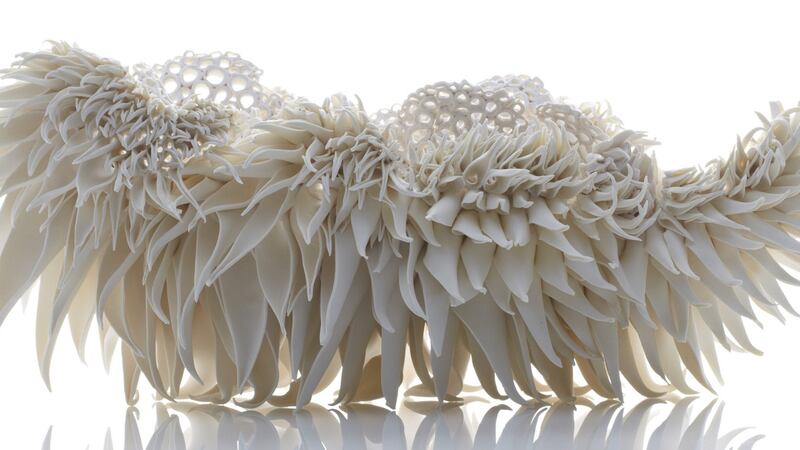
Nuala O’Donovan, who makes elegantly complex, constructed porcelain pieces related to geometry in nature, pointed out that throughout 10 working years as an artist she had moved studio every two years on average – a logistical nightmare given the equipment involved in ceramics – and was battling with rent rises. Her ambition is to create a studio adjoining her home and presumably €12,000 is a substantial though probably not decisive contribution towards that. Is O’Donovan a craft-maker or an artist? It’s a moot point. She uses porcelain and makes sculptural pieces. Her work implicitly refers to craft and fine art traditions and draws on both. She is an artist-sculptor-ceramicist if you like, but there is no point in categorising it, just take it as it is.
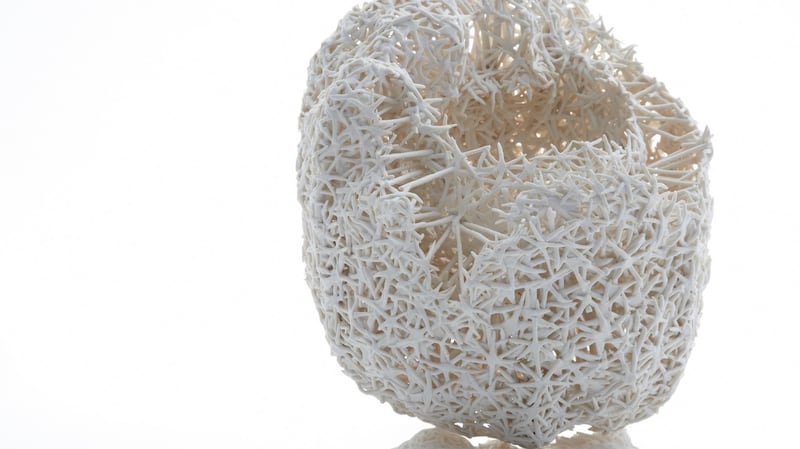
You may have seen Marcel Vidal’s monumental environmental sculptural installation as part of Futures at the Royal Hibernian Academy, or another at The Dock in Carrick-on-Shannon. In each case he worked on a staggering scale and at a serious level of ambition. It was apparent that he was not using scale for effect. That is, not trying to impress by monumentalising a thin idea, something that does occur. Part of the almost intimidating atmosphere he was aiming for in an environment charged with unease and menace absolutely depended on scale. In his application he alluded to studio costs but also, interestingly, to his intention to extend the range of his materials and techniques, moving into “bronze, resins, cast plaster and concrete.”
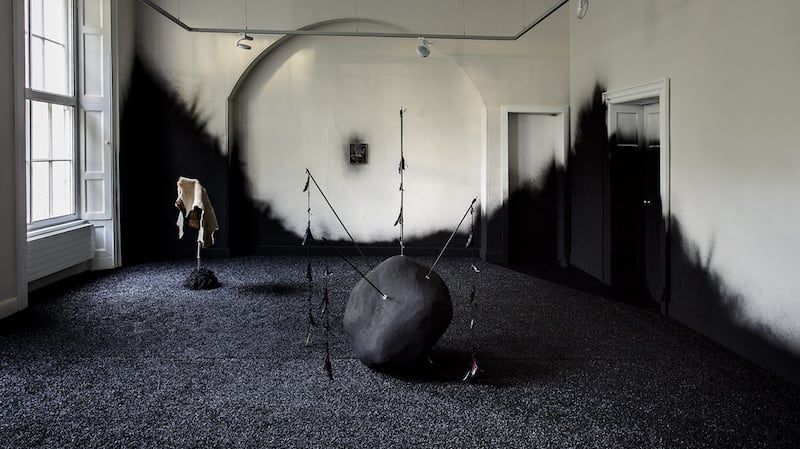
Sara Flynn is a gifted, well-established ceramicist whose porcelain sculptural decorative vessels are highly regarded. She too has an intriguing, perhaps life-changing ambition in the development of her work: to pursue a one-month residency in rural Japan followed by participation in a ceramics festival there. Who knows what effect that will have on her fine feeling for form, surface and material, but it might have a tremendous effect.
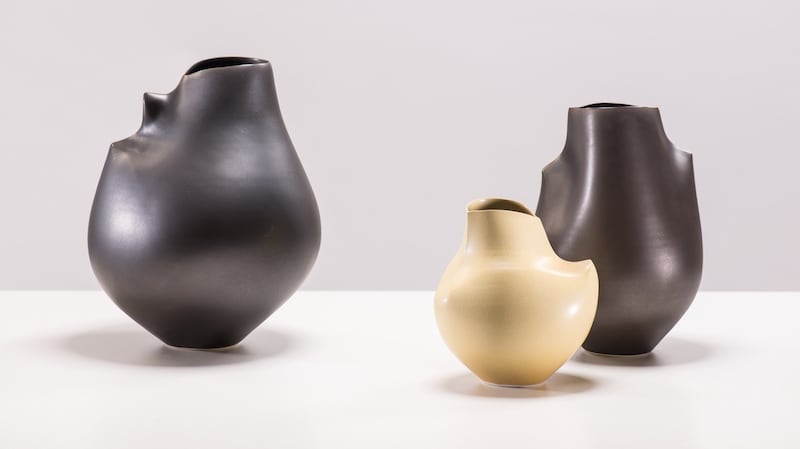
Dragana Jurišic has been a hugely energetic cultural presence since settling in Dublin. She is a photographic artist with a novelistic sense of narrative, character and identity and several major projects to her credit. While she is tirelessly inventive, that level of energy expenditure takes its toll and Jurišic very reasonably cited a need to buy some time so that she could get on with new projects, mentioning two.
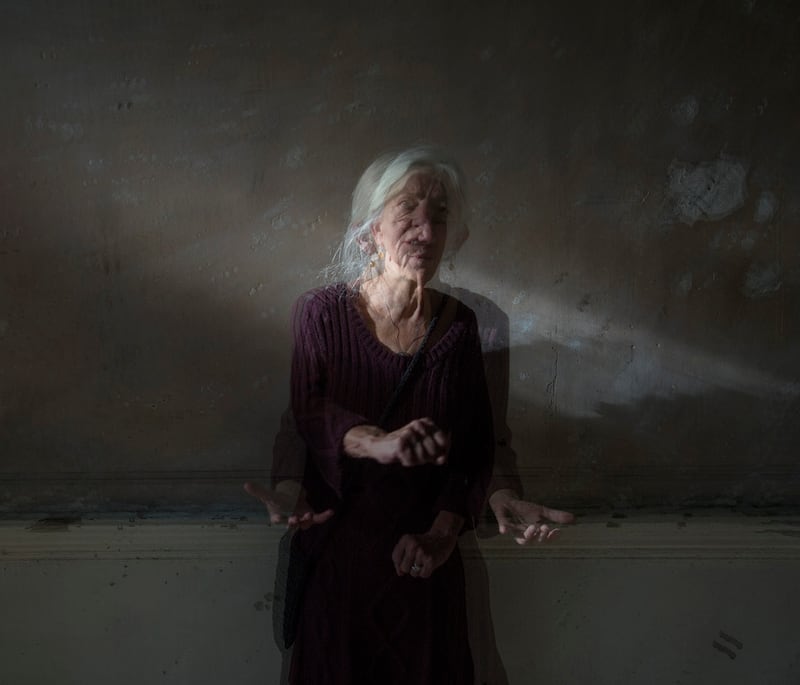

One is a collaboration with Paula Meehan, a book about 14 Henrietta Street in Dublin. The other project, less clearly articulated than that, is inspired by the controversial German philosopher Peter Sloterdijk’s notion of “media nihilism”. That is, in a media landscape where everyone has a voice you end up with everyone talking – nonsense – and no one listening. Who knows what Jurišic might make, photographically, of these ideas, but let her at it.






















